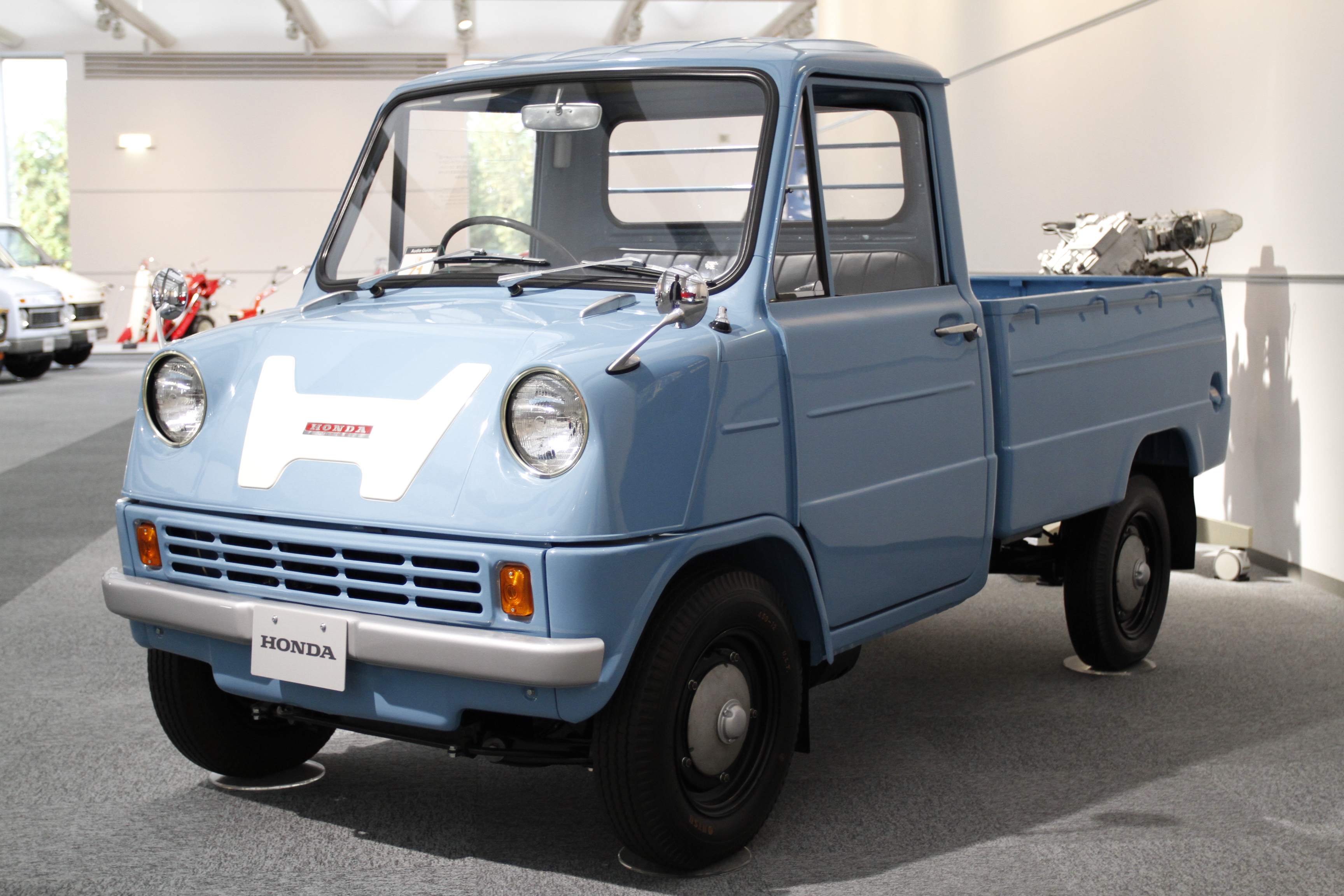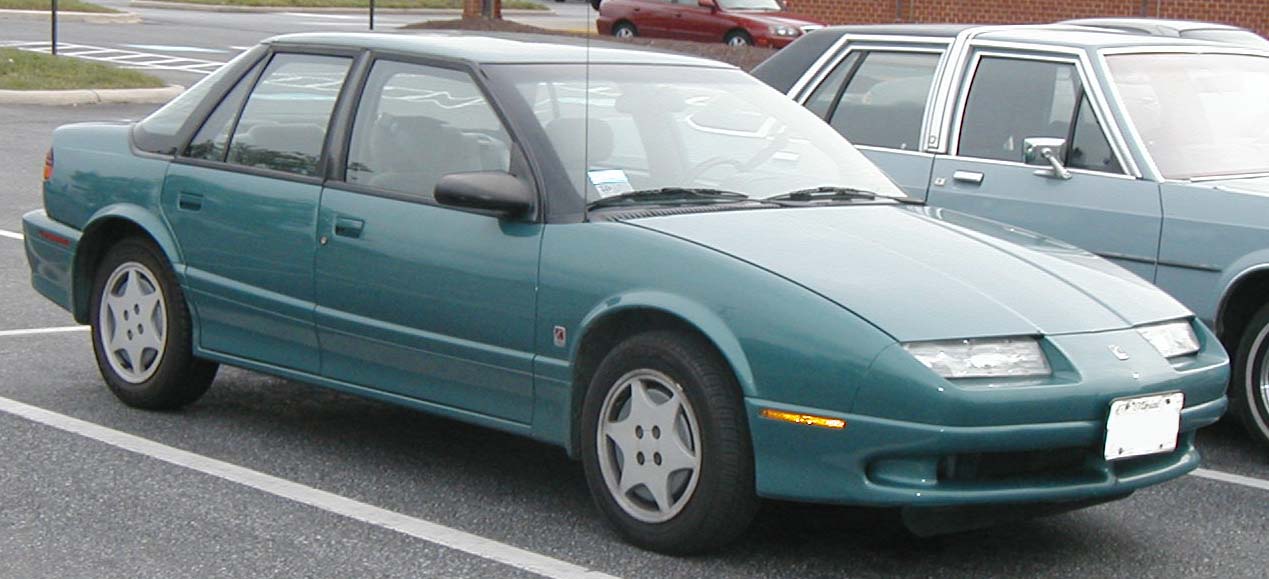|
Wasted Spark
A wasted spark system is a type of ignition system used in some four-stroke cycle internal combustion engines. In a wasted spark system, the spark plugs fire in pairs, with one plug in a cylinder on its compression stroke and the other plug in a cylinder on its exhaust stroke. The extra spark during the exhaust stroke has no effect and is thus "wasted". This design halves the number of components necessary in a typical ignition system, while the extra spark, against much reduced dielectric resistance, barely impacts the lifespan of modern ignition components. In a typical engine, it requires only about 2–3 kV to fire the cylinder on its exhaust stroke. The remaining coil energy is available to fire the spark plug in the cylinder on its compression stroke (typically about 8 to 12 kV). Advantages Perhaps the most significant advantage of the system, compared to a single coil and distributor systems, is that it eliminates the high-tension distributor. This significantly ... [...More Info...] [...Related Items...] OR: [Wikipedia] [Google] [Baidu] |
Mazda B Engine
The Mazda B-series is a small-sized, iron-block, straight-4, inline four-cylinder engine with Timing belt (camshaft), belt-driven SOHC and DOHC valvetrain ranging in displacement from 1.1 to 1.8 litres. It was used in a wide variety of applications, from front-wheel drive economy vehicles to the turbocharged full-time four-wheel drive, 4WD Mazda 323, 323 GTX and rear-wheel drive Mazda Miata, Miata. The B-series is a "non-interference" design, meaning that breakage of its timing belt (camshaft), timing belt does not result in damage to valves or pistons, because the opening of the valves, the depth of the combustion chamber and (in some variants) the shaping of the piston crown allow sufficient clearance for the open valves in any possible piston position. 1.1 liters B1 B1 - (68.0x78.4 mm) - came only as a SOHC 8-valve. It was available in the 1987-1989 Mazda 121 and later model Kia Sephia in European and Asian markets. A fuel-injected variant was used in select European mar ... [...More Info...] [...Related Items...] OR: [Wikipedia] [Google] [Baidu] |
Strain (materials Science)
In mechanics, strain is defined as relative deformation, compared to a position configuration. Different equivalent choices may be made for the expression of a strain field depending on whether it is defined with respect to the initial or the final configuration of the body and on whether the metric tensor or its dual is considered. Strain has dimension of a length ratio, with SI base units of meter per meter (m/m). Hence strains are dimensionless and are usually expressed as a decimal fraction or a percentage. Parts-per notation is also used, e.g., parts per million or parts per billion (sometimes called "microstrains" and "nanostrains", respectively), corresponding to μm/m and nm/m. Strain can be formulated as the spatial derivative of displacement: \boldsymbol \doteq \cfrac\left(\mathbf - \mathbf\right) = \boldsymbol'- \boldsymbol, where is the identity tensor. The displacement of a body may be expressed in the form , where is the reference position of ... [...More Info...] [...Related Items...] OR: [Wikipedia] [Google] [Baidu] |
Stress (mechanics)
In continuum mechanics, stress is a physical quantity that describes forces present during deformation. For example, an object being pulled apart, such as a stretched elastic band, is subject to ''tensile'' stress and may undergo elongation. An object being pushed together, such as a crumpled sponge, is subject to ''compressive'' stress and may undergo shortening. The greater the force and the smaller the cross-sectional area of the body on which it acts, the greater the stress. Stress has dimension of force per area, with SI units of newtons per square meter (N/m2) or pascal (Pa). Stress expresses the internal forces that neighbouring particles of a continuous material exert on each other, while ''strain'' is the measure of the relative deformation of the material. For example, when a solid vertical bar is supporting an overhead weight, each particle in the bar pushes on the particles immediately below it. When a liquid is in a closed container under pressure, each ... [...More Info...] [...Related Items...] OR: [Wikipedia] [Google] [Baidu] |
Personal Water Craft
A personal watercraft (PWC), also called Jet Ski or water scooter, is a primarily recreational watercraft that is designed to hold only a small number of occupants, who sit or stand on top of the craft, not within the craft as in a boat. Prominent brands of PWCs include Jet Skis and Sea-Doos. PWCs have two style categories. The first and the most popular is a compact runabout, typically holding no more than two or three people, who mainly sit on top of the watercraft as one does when riding an ATV or snowmobile. The second style is a "stand-up" type, typically built for only one occupant who operates the watercraft standing up as in riding a motorized scooter; it is used more for doing tricks, racing, and in competitions. Both styles have an inboard engine driving a pump-jet that has a screw-shaped impeller to create thrust for propulsion and steering. Most are designed for two or three people, though four-passenger models exist. Many of today's models are built for mo ... [...More Info...] [...Related Items...] OR: [Wikipedia] [Google] [Baidu] |
Kawasaki Motorcycle Corporation
is a Japanese mobility manufacturer that produces motorcycles, all-terrain vehicles, utility vehicles, watercraft, outboard motors, and other electric products. It derives its origins from Kawasaki Aircraft Industries, a subsidiary of Kawasaki Heavy Industries, and is rooted in the motorcycle, boat, and engine businesses. In 1953, they began manufacturing engines for motorcycles and have since produced products such as the Mach and Ninja series in motorcycles and the Jet Ski, which has become a generic term for personal watercraft. Until 2021, it was a division of Kawasaki Heavy Industries, known as the and later the . In 2021, it was separated as Kawasaki Motors, Ltd, a wholly owned subsidiary of Kawasaki Heavy Industries. History Kawasaki Aircraft initially manufactured motorcycles under the Meguro name, having bought an ailing motorcycle manufacturer, Meguro Manufacturing with whom they had been in partnership. This eventually became Kawasaki Motor Sales. Some early mot ... [...More Info...] [...Related Items...] OR: [Wikipedia] [Google] [Baidu] |
Honda
commonly known as just Honda, is a Japanese multinational corporation, multinational Conglomerate (company), conglomerate automotive manufacturer headquartered in Minato, Tokyo, Japan. Founded in October 1946 by Soichiro Honda, Honda has been the world's largest motorcycle manufacturer since 1959, reaching a production of 500 million . It is also the world's largest manufacturer of internal combustion engines measured by number of units, producing more than 14 million internal combustion engines each year. Honda became the second-largest Japanese automobile manufacturer in 2001. In 2015, Honda was the eighth largest automobile manufacturer in the world. The company has also built and sold the most produced motor vehicle in history, the Honda Super Cub. Honda was the first Japanese automobile manufacturer to release a dedicated luxury brand, Acura, on 27 March 1986. Aside from their core automobile and motorcycle businesses, Honda also manufactures garden equipment, marine eng ... [...More Info...] [...Related Items...] OR: [Wikipedia] [Google] [Baidu] |
List Of Ford Vehicles
Ford Motor Company sells a broad range of vehicles under the Ford marque worldwide. The following list does not include other marques owned or formerly owned by Ford, such as Lincoln, Mercury, Edsel and Merkur. Current production vehicles Former production vehicles 1900–1929 1930–1939 1940–1949 ;Notes 1950–1959 ;Notes 1960–1969 ;Notes 1970–1979 ;Notes 1980–1989 ;Notes 1990–1999 ;Notes 2000–2009 ;Notes 2010–2019 ;Notes Tractors * N-series * NAA (a.k.a.; Golden Jubilee) * 600 Series * Workmaster * Powermaster Ford *000 "Thousand" series * 1000, 2000, 3000, 4000, 5000, 6000, 7000, 8000, and 9000 Ford *600 "Six-Hundred" and *700 "Seven-Hundred" series * 1600, 2600, 3600, 4600, 5600, 6600, 7600 (Four cylinder, utility, straddle mount) * 5700, 6700, 7700 (Row-crop versions of their 600 series counterparts) * 8600, 9600 (Six-cylinder row-crop) * 8700, 9700 (Later version of th ... [...More Info...] [...Related Items...] OR: [Wikipedia] [Google] [Baidu] |
Chrysler 1
FCA US, LLC, doing business as Stellantis North America and known historically as Chrysler ( ), is one of the " Big Three" automobile manufacturers in the United States, headquartered in Auburn Hills, Michigan. It is the American subsidiary of the multinational automotive company Stellantis. Stellantis North America sells vehicles worldwide under the Chrysler, Dodge, Jeep, and Ram Trucks nameplates. It also includes Mopar, its automotive parts and accessories division, and SRT, its performance automobile division. The division also distributes Alfa Romeo, Fiat, and Maserati vehicles in North America. The original Chrysler Corporation was founded in 1925 by Walter Chrysler from the remains of the Maxwell Motor Company. In 1998, it merged with Daimler-Benz, which renamed itself DaimlerChrysler but in 2007 sold off its Chrysler stake. The company operated as Chrysler LLC through 2009, then as Chrysler Group LLC. In 2014, it was acquired by Fiat S.p.A.; it subsequently operated a ... [...More Info...] [...Related Items...] OR: [Wikipedia] [Google] [Baidu] |
Toyota E Engine
The Toyota E engine family is a straight-four piston engine series, and uses timing belts rather than chains. The E engines were the first multi-valve engines from Toyota designed with economy, practicality and everyday use in mind (rather than performance). Like many other Toyota engines from the era, the E engine series features a cast iron block, along with an aluminium cylinder head. E engines are lighter than earlier Toyota engines, due to the hollow crankshaft, thinned casting of the cylinder block, and several other reductions in auxiliaries as well as in the engine itself. Carbureted versions include a newly designed, variable-venturi carburetor. All of these changes improved economy and emissions. The members of the E engine family, range from 1.0 L to 1.5 L. The E family supplanted the '' K'' engines in most applications. A large number of parts in the E engine series are interchangeable between each other. 1E The 1E is a carbureted 12-valve SOHC engine. ... [...More Info...] [...Related Items...] OR: [Wikipedia] [Google] [Baidu] |
Toyota VZ Engine
The Toyota VZ engine family is a series of V6 gasoline piston engines ranging from in displacement and both SOHC and DOHC configurations. It was the first V6 engine made by Toyota. Developed in response to Nissan's VG engine series (which was one of the first mass-produced Japanese V6 engines), the VZ family uses a 60° V-angle design and introduced many changes for Toyota, including various EFI, ECU, and engine improvements from generation to generation. The low angle DOHC and SOHC cylinder heads excel in low-mid torque and power, making the VZ series well-suited for various uses in cars, trucks, and SUVs. The blocks are all strongly made using cast iron with large interconnected main bearing cradles and two bolt main bearing caps. Cylinder heads are made from aluminium. Forged steel crankshafts and cast iron main bearing support girdles became standard with the 3VZ-FE. Piston and ring construction are typical parts, with rods varying between large and very large for ... [...More Info...] [...Related Items...] OR: [Wikipedia] [Google] [Baidu] |
Saturn Corporation
The Saturn Corporation, also known as Saturn LLC, was an American automobile manufacturer, a registered trademark established on January 7, 1985, as a subsidiary of General Motors. The company was an attempt by GM to compete directly with Automotive industry in Japan, Japanese imports and transplants, initially in the American compact car market. The company was known for its 'no-haggle' sales technique. Saturn marketed itself as a "different kind of car company" and operated quasi-independently from its parent company,—comprehensively introducing a new car, dealer network, pricing structure, workforce and independently managed manufacturing plant in Spring Hill, Tennessee. The first cars themselves launched five years after the company's inception, and they advanced GM's spaceframe construction—manifesting Saturn's market proposition with their dent-resistant polymer exterior panels. Over time, as Saturn drained resources from GM's extensive brand network, the brand would be ... [...More Info...] [...Related Items...] OR: [Wikipedia] [Google] [Baidu] |







